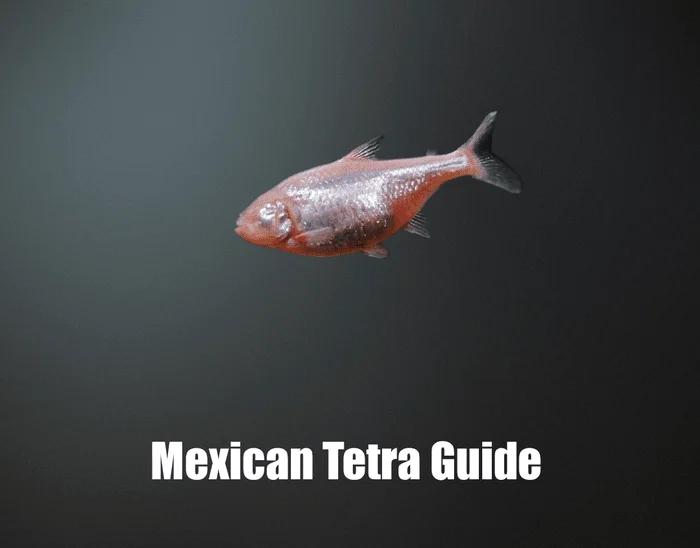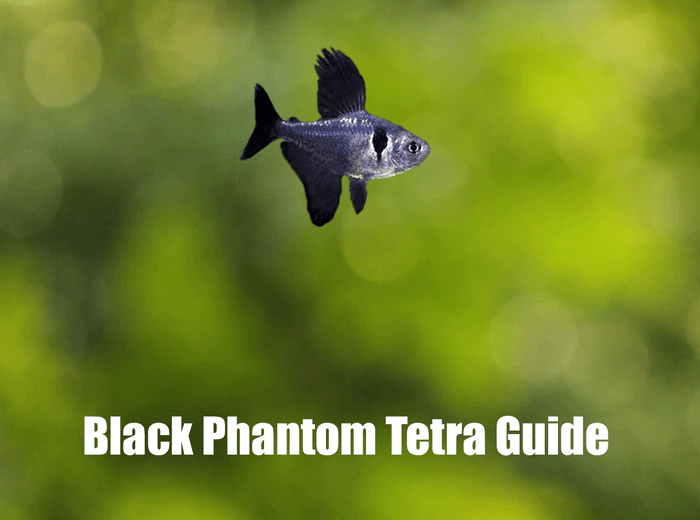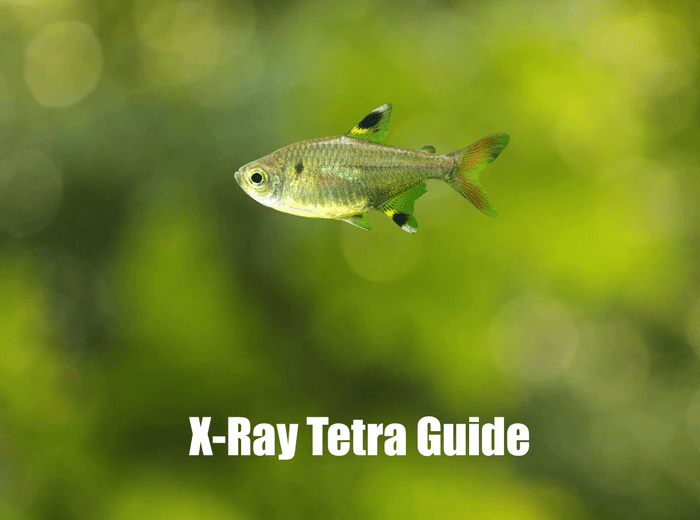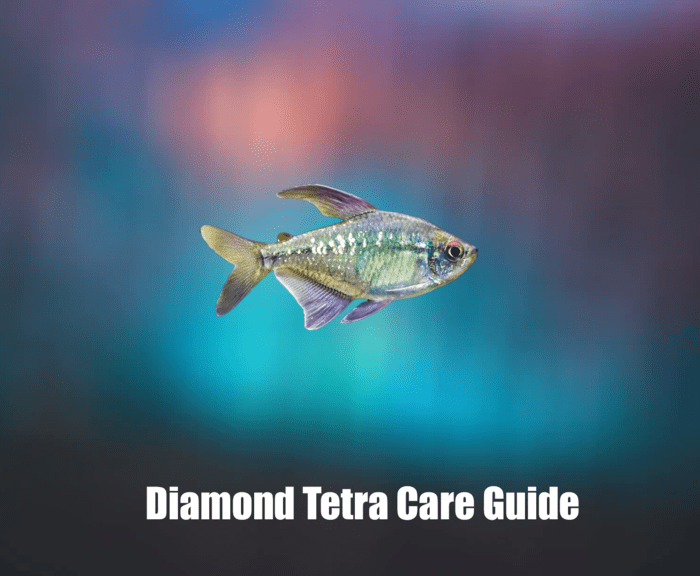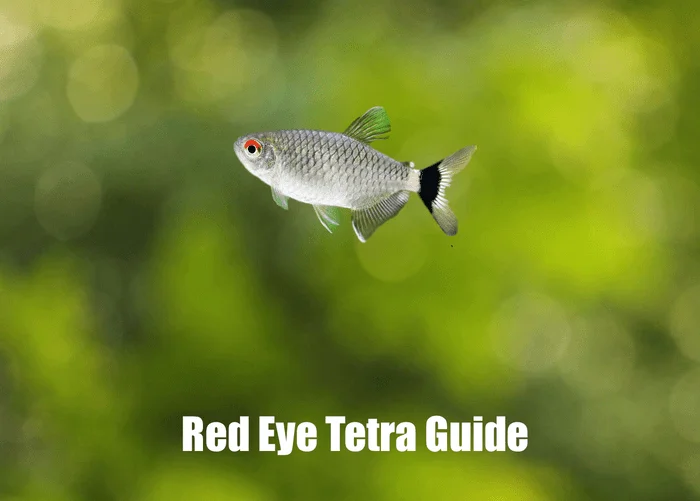Complete Care Guide for GloFish Tetras: Brighten up Your Aquarium
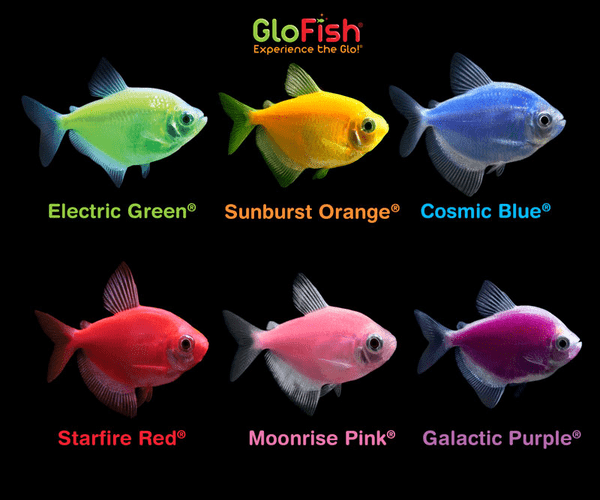
Introduction to GloFish Tetra
Interested in adding GloFish Tetras to your aquarium or seeking expert advice on their care? If so, this all-encompassing guide is perfect for you. GloFish Tetra, known for their vivid fluorescent colors, are genetically modified versions of the White Skirt Tetra and X-Ray Tetra. For that reason, they definitely offer a unique and captivating visual experience in home aquariums. Above all, this guide will cover everything you need to know for maintaining a healthy and vibrant GloFish Tetra habitat.
Understanding GloFish Tetra
Origin and Characteristics
GloFish Tetras represent a remarkable feat of genetic engineering, transforming the common White Skirt Tetra and the X-Ray Tetra into vibrant, glowing versions of themselves. This innovative modification was initially intended for scientific purposes, particularly for environmental monitoring. By incorporating a gene from jellyfish into the DNA of these tetras, scientists enabled them to fluoresce, making it easier to track their movements and behaviors in various environmental conditions. This characteristic fluorescence was aimed to stand out distinctly in research settings, allowing for easy observation and differentiation from non-modified species.
As they’ve made their way into the aquarium hobby, GloFish Tetras have become celebrated for their brilliant neon colors—red, green, blue, pink, and orange—that illuminate under specific types of aquarium lighting, such as black lights or specially designed LED lights. These dazzling colors do not fade over time and are a permanent feature of the fish, passed down to their offspring, ensuring that they maintain their luminous appeal throughout their lives.
Typically reaching up to 2 inches in length, GloFish Tetras are not just noted for their coloration but also for their ability to bring a dynamic and otherworldly glow to any aquarium. Their small size makes them suitable for a variety of tank setups, from nano tanks to larger community aquariums, where their striking colors can truly shine.
Beyond their visual appeal, GloFish Tetras share many of the same characteristics and care requirements as their non-modified counterparts. They are peaceful, schooling fish that thrive in groups, where their natural behaviors and interactions can be observed. This schooling tendency, combined with their vivid colors, creates an enchanting visual spectacle, enhancing the beauty and diversity of home aquariums.
Caring for GloFish Tetras involves providing them with a stable environment that includes clean, well-filtered water, a balanced diet, and appropriate lighting to showcase their fluorescent colors. While they are relatively easy to care for, ensuring the right conditions will not only keep them healthy but also allow their striking colors to be displayed at their best.
Incorporating GloFish Tetras into your aquarium offers a unique opportunity to experience the marvels of genetic science while enjoying the natural beauty and tranquility of fishkeeping. Their glowing presence adds a futuristic touch to the aquatic hobby, making them a popular choice for those looking to create an aquarium that stands out in both brilliance and color.
Behavior and Tank Mates
Firstly, GloFish Tetra are schooling fish and thrive in groups of five or more. Just like their non modified cousins, they are generally peaceful and do well in a community tank with other non-aggressive species. Considering that, avoid housing them with larger, predatory fish. Some common and suitable tank mates for GloFish Tetras:
- Corydoras Catfish: These are bottom dwellers and known for their peaceful nature. They help in keeping the tank clean by scavenging for food at the bottom.
- Mollies: Mollies are peaceful, and their size makes them a good match for GloFish Tetras. They come in various colors and can add more vibrancy to your tank.
- Guppies: With their vibrant colors and peaceful temperament, guppies can coexist harmoniously with GloFish Tetras. Just ensure that the tetras don’t nip the guppies’ fins.
- Platies: Like guppies, platies are colorful and peaceful. They are easy to care for and can be a good fit in a community tank.
- Dwarf Gourami: These are relatively peaceful and can add a different shape and size to the aquarium, making it more visually appealing.
- Harlequin Rasbora: Known for their striking color and peaceful nature, they make excellent companions for GloFish Tetras.
- Neon Tetras: Smaller than GloFish Tetras, neon tetras are peaceful and can add a different level of activity and color to the tank.
- Swordtails: Similar to platies and mollies, swordtails are peaceful and can coexist well with GloFish Tetras.
- Zebra Danios: They are hardy and active, and their playful nature can be a good complement to the more subdued GloFish Tetras.
- Bristlenose Plecos: Known for their algae-eating habits, they are peaceful and won’t bother other fish in the tank.
Remember, while choosing tank mates, consider factors like water parameters, size, temperament, and dietary needs to ensure a harmonious aquarium. In addition, always introduce new fish gradually and monitor their interactions to ensure a peaceful environment. 🐠
Setting Up the Perfect Tank
Tank Size and Conditions
A k or larger is recommended for a small school of GloFish Tetras but they will benefit from some more swimming room. Glofish Tetra thrive in specific water conditions that mimic their natural habitat. Because of this we want to use similar conditions to a White Skirt Tetra or X-Ray Tetra tank as they are the same species. Maintaining ideal water parameters is the key to ensuring their health and well-being in a home aquarium. Here’s a breakdown of their ideal water conditions:
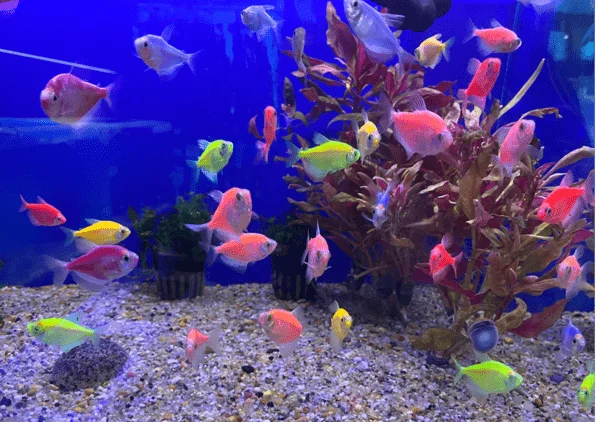
- Temperature: GloFish Tetra prefer a temperature range between 70°F to 85°F (21°C to 29°C). Within this range, they are most comfortable and active.
- pH Level: The ideal pH range for Glofish Tetra is between 6.0 and 7.5. They do best in slightly acidic to neutral pH levels.
- Water Hardness: They are adaptable to a range of water hardness but generally prefer soft to moderately hard water, around 2 to 15 dGH.
- Water Quality: Like most fish, Glofish Tetra require clean and well-oxygenated water. Regular water changes (about 25% per week) are recommended to maintain good water quality. It’s crucial to remove any chlorine or chloramine from tap water before adding it to the tank.
- Nitrate Levels: Keeping nitrate levels low is important, as high levels can be harmful. Aim to keep nitrates below 20 ppm.
- Ammonia and Nitrite Levels: Both ammonia and nitrite should always be at 0 ppm. Even small amounts of these can be toxic to fish.
It’s important to use a reliable aquarium test kit to regularly monitor these water parameters. Most importantly, sudden changes in water conditions can stress or harm your fish, so any adjustments should be made gradually. Maintaining stable water conditions is key to the health and longevity of your Glofish Tetra. 🌊
Lighting and Decor
Special lighting is required to bring out the fluorescent colors of GloFish Tetras. While they look good under normal lighting conditions, LED lights specifically designDiet and Nutrition

